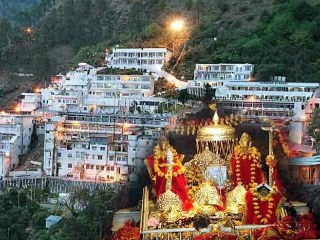
On Wednesday, Justice Javed Iqbal Wani of the Jammu and Kashmir High Court had issued notice to the Union territory of Jammu and Kashmir and Shri Mata Vaishno Devi Shrine Board, reported Bar and Bench.
The notice was issued in response to a petition moved by Baridar Sangharsh Committee, a Hindu religious denomination of Baridars, and 54 other petitioners who sought administrative, managerial and governance rights of the shrine board. The notice has sought response from the Union territory within a span of 4 weeks.
Vaishno Devi Shrine prepares sehri, #iftar for 500 Muslims amid #Ramzan
Imagine if all our 40,000 temples were not destroyed how many of our Muslim & Christian bros & sis we could feed
Glad #RamMandir is getting finally rebuild. It is a good start 🙏🏼
— Arun Pudur (@arunpudur) May 23, 2020
In May this year, it was reported that the Vaishno Devi Shrine Board has been preparing meals for Sheri, Iftar for over 500 Muslim families who were quarantined by the government in the Ashirvad Bhavan in Katra.
Petition alleges high-handedness and corruption of State-appointed Board
As per the petition filed in the Court, the Baridars managed and controlled the Shri Mata Vaishno Devi shrine until 1985, post which the State took over its administration. The petitioners have argued that the shrine was established by the Baridars in the 10th century under Pandit Shridhar and that sufficient evidence was available in public to ascertain the facts. The petition challenged the Jammu & Kashmir Shri Mata Vaishno Devi Shrine Board Act, 1988 which empowered the State to reign its control over the temple.
Besides, the petition sought for an external audit of the mode of utilisation of funds by the Mata Vaishno Devi Shrine. Accusing the shrine Board of malpractice, corruption, and mismanagement, the petitioners alleged that the State was working against Hindu interests. They, therefore, sought rights to the management, administration, and governance of the Mata Vaishno Devi Shrine Board.
Petitioners accuse Shrine Board of employing non-Hindus, throwing Iftar parties
Moreover, the petition alleged that the Shrine Board had used funds for the temple to host Iftar parties to favour members of different ‘religious groups’ in violation of Section 4 of the Jammu & Kashmir Shri Mata Vaishno Devi Shrine Board Act, 1988. The petitioners have accused the Board of employing non-Hindus at several administrative posts and actively taking ‘effective steps’ for the destruction of the sacred landmarks such as Charan Padukas, Ardha Kunwari, and so on.
Petition demands enforcement of Fundamental Right to Religion
Advocate Ankur Sharma, appearing for the Baridar Sangharsh Committee emphasised, “Despite being equally empowered in taking over management, administration, and governance of religious institutions belonging to other religions, the State in brazen violation of Article 14 has exercised its authority only against Hindu Temples. In all the decades, the Hindu Religious Institutions in Jammu and Kashmir have been under the thumb of the State, the ability of the Hindu community to administer its own institutions has been systematically clipped and pared-down.”
He added that the petition has been moved in the High Court to safeguard and enforce the Fundamental Rights of the petitioners under Article 14, 25 (2)(a), 26, 29, and 31 A (b) of the Indian Constitution.

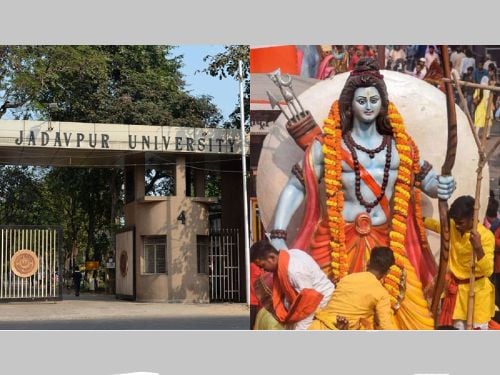 Jadavpur Univ revokes permission to celebrate Ram Navami on campus after granting it
Jadavpur Univ revokes permission to celebrate Ram Navami on campus after granting it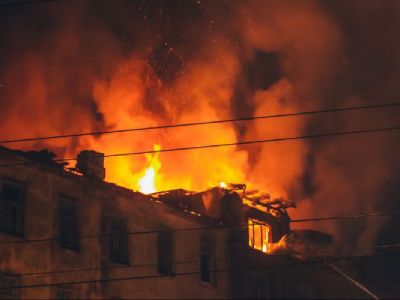 Andhra Pradesh: Farooq kills mentally challenged Hindu man for insurance money
Andhra Pradesh: Farooq kills mentally challenged Hindu man for insurance money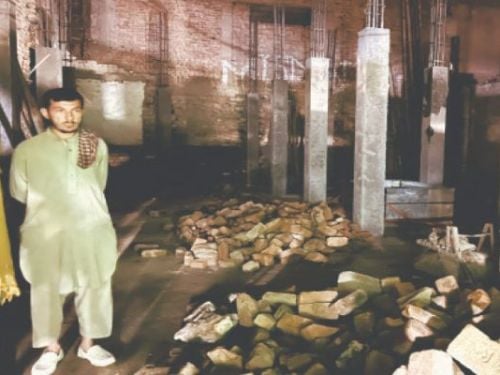 Pakistan: Ancient Hindu temple in Khyber Pakhtunkhwa demolished for commercial complex
Pakistan: Ancient Hindu temple in Khyber Pakhtunkhwa demolished for commercial complex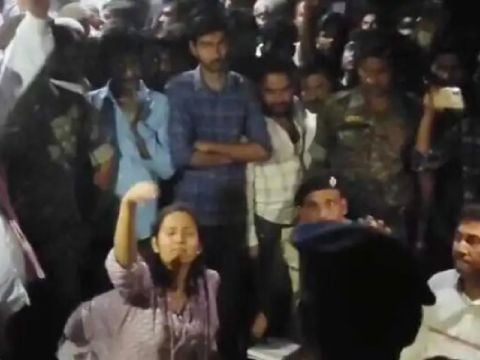 Bihar: Goddess Bhagavati Temple in Araria vandalised and deities damaged
Bihar: Goddess Bhagavati Temple in Araria vandalised and deities damaged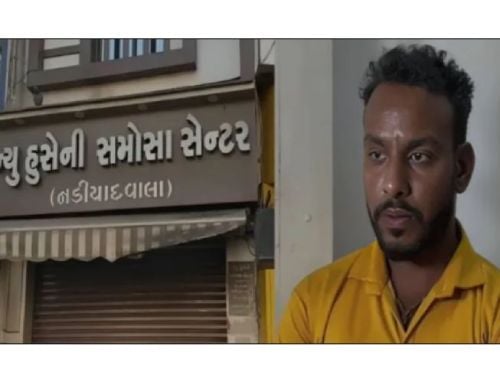 Vadodara: Beef supplier Imran Qureshi arrested in beef-stuffed samosa case
Vadodara: Beef supplier Imran Qureshi arrested in beef-stuffed samosa case After Idukki diocese, Syro Malabar Catholic Church’s Thamarassery diocese screens ‘The Kerala Story’
After Idukki diocese, Syro Malabar Catholic Church’s Thamarassery diocese screens ‘The Kerala Story’